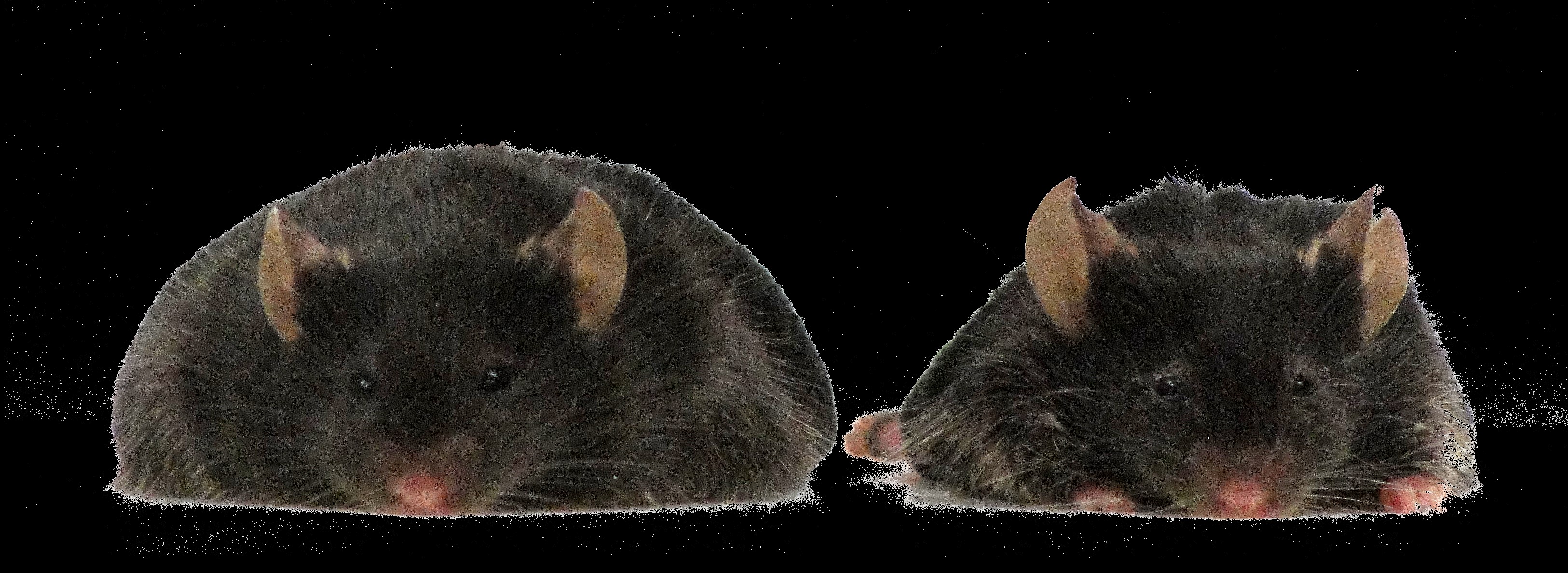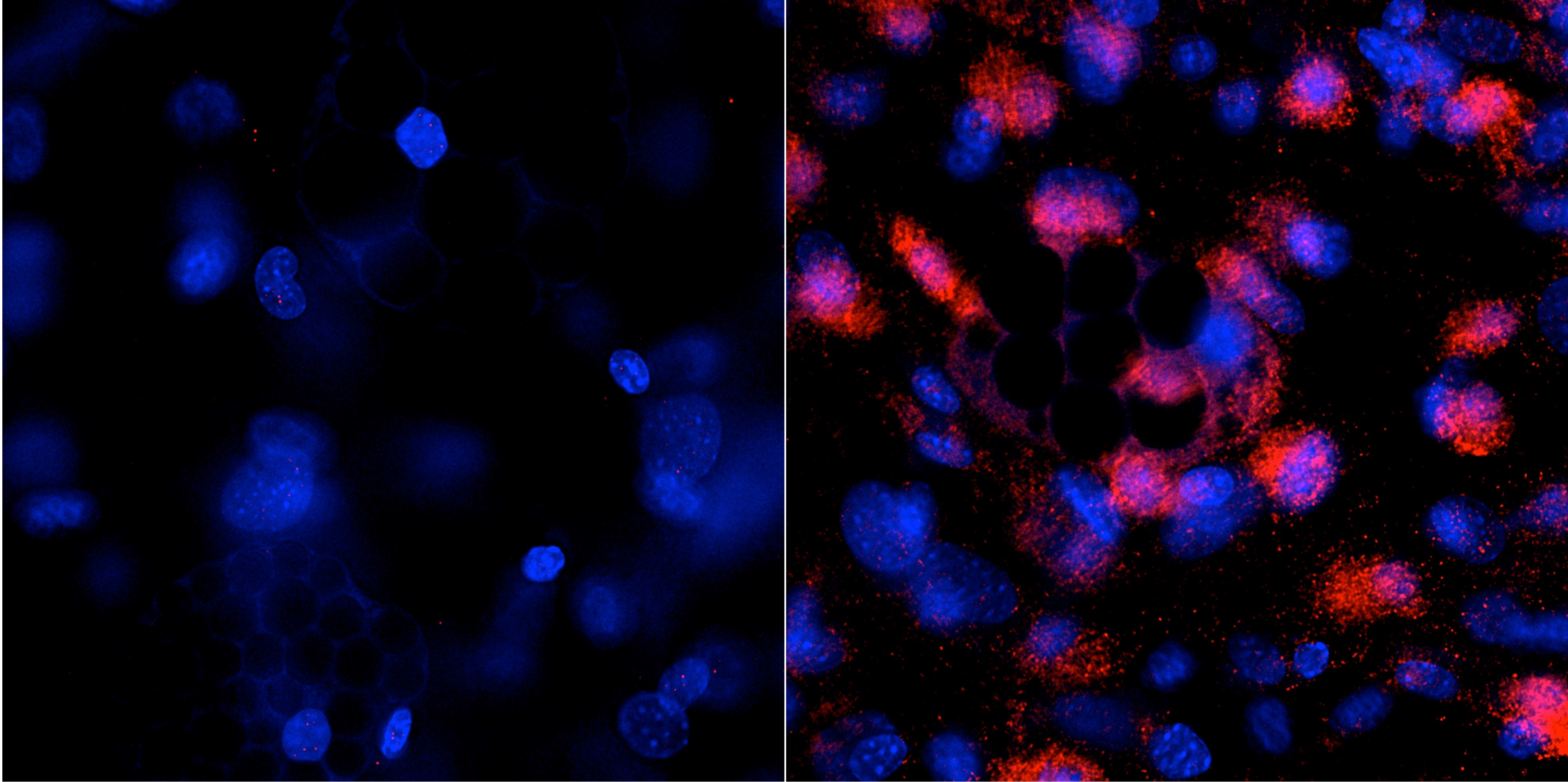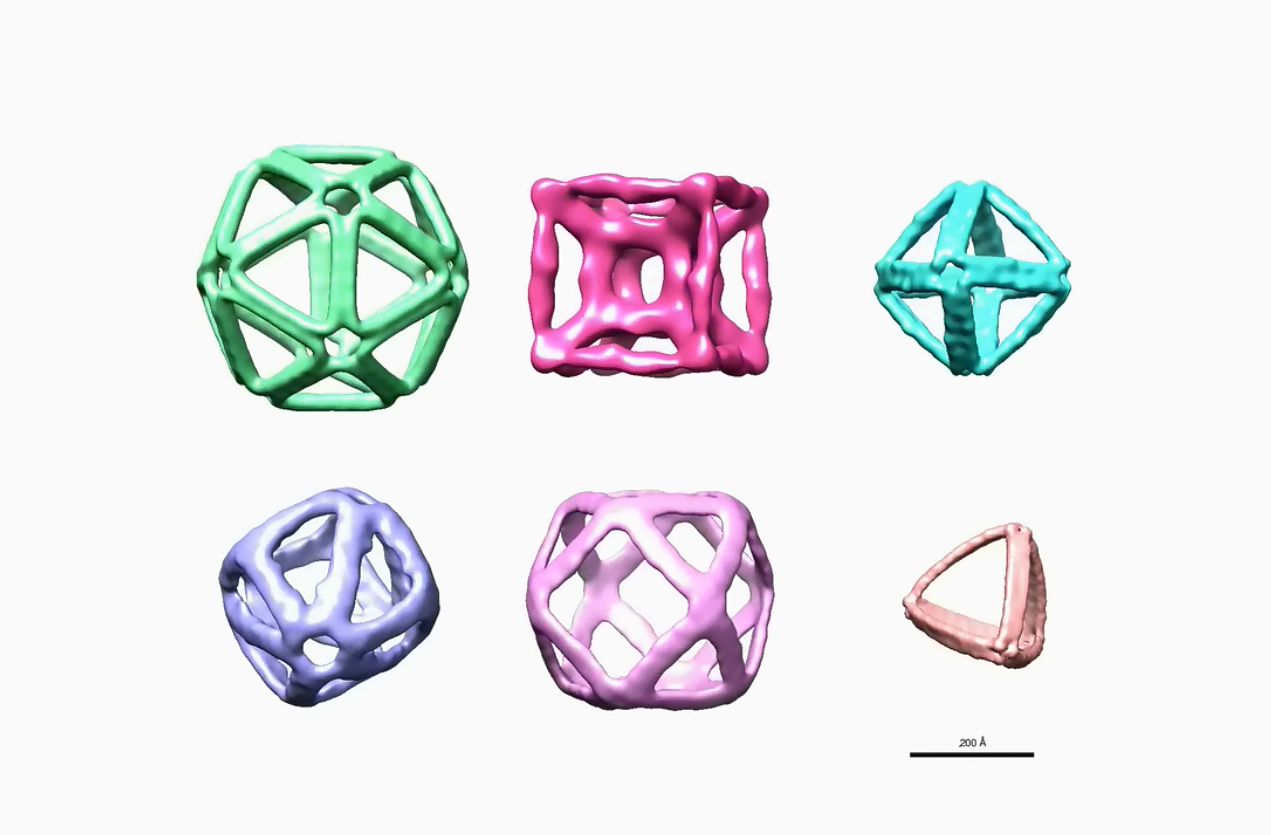A drug “browns” white fat to fight obesity


By Ruth SoRelle, M.P.H
A rose might be a rose, but fat is not always what it seems. White fat cells store a form of fat called triglycerides for energy and contribute to obesity, but brown fat burns triglycerides. Only recently have scientist become aware that this brown fat – previously found only in animals and infants – exists in adults as well.
In a publication in the journal Cell Reports, Dr. Kevin J. Phillips, assistant professor of molecular and cellular biology at Baylor College of Medicine, and his colleagues said they have found a way to turn the “bad” white fat into a brown-like fat in studies in mice. As a result, these cold-intolerant mice can withstand lower temperatures because the brown-like fat induces heat production in the white adipose (fat) cells. The way from white to brown-like fat is via thyroid receptor activation by a synthetic agonist called GC-1.
Studied as cholesterol-lowering agent
GC-1 has been studied previously as a cholesterol-lowering agent, said Phillips, corresponding author of the report, and the rapid weight loss was a noted side effect of the compound.
“GC-1 dramatically increases metabolic rate by, essentially, converting white fat, which stores excess calories and is associated with obesity and metabolic disease, into a fat that resembles energy-burning brown fat,” he said.
“We didn’t believe it at first,” he said. “The magnitude of the effect was just too large.”
Magnitude of effect
Phillips and the chemist who created the compound think it will be possible to make a more potent drug that has the same effect, he said.

The drug GC-1 has not yet been tested in people for weight loss, and Phillips said that with better small molecules in the offing, it might not be.
In mice genetically prone to obesity, he and his colleagues found that GC-1 altered the expression of certain genes known to be involved in thermogenesis or the generation of heat.
The activation of thyroid receptors by GC-1 changes white fat cells into brown-like ones that burn fat, and in this case, makes animals more lean and more tolerant of cold temperatures.
Others who took part in this work include Jean Z. Lin, Alexandro J. Martagón, Stephanie L. Cimini, Daniel D. Gonzalez, Amadeo Biter, John D. Baxter, Paul Webb, David W. Tinkey and Jan-Åke Gustafsson, all of Houston Methodist Research Institute, and Sean M. Hartig of Baylor College of Medicine. Lin and Gustafsson are also with the University of Houston, and Martagón and Gonzalez are also with Escuela de Biotecnología y Alimentos, Instituto Tecnológico y de Estudios Superiores de Monterrey, Monterrey, NL, Mexico.
Funding for this work came from the National Institutes of Health (Grants RC4 DK090849 (J.D.B. and P.W.and K01DK09609 to S.M.H.) and the Alkek Center for Molecular Discovery with pilot grant funding provided by the Baylor College of Medicine Diabetes and Endocrinology Research Center ( GrantP30 DK079638). A.J.M. and D.D.G. were supported in part by Tecnológico de Monterrey, Dirección de Posgrado de la Escuela de Medicina (0020ENS325) and Consejo Nacional de Ciencia y Tecnología (387520).




Does fat build up on the pancreas cause diabetes? Could the medication described in this report reverse the symptoms of it?
I don’t think that is relevant to this study.